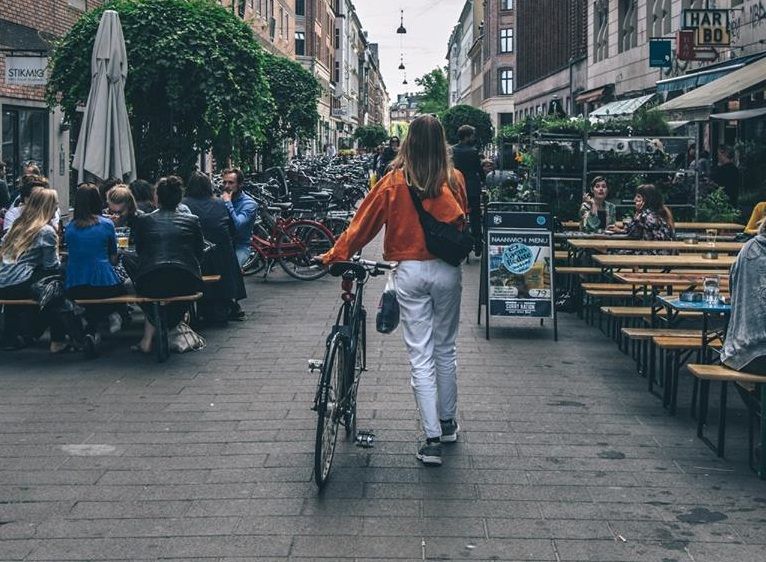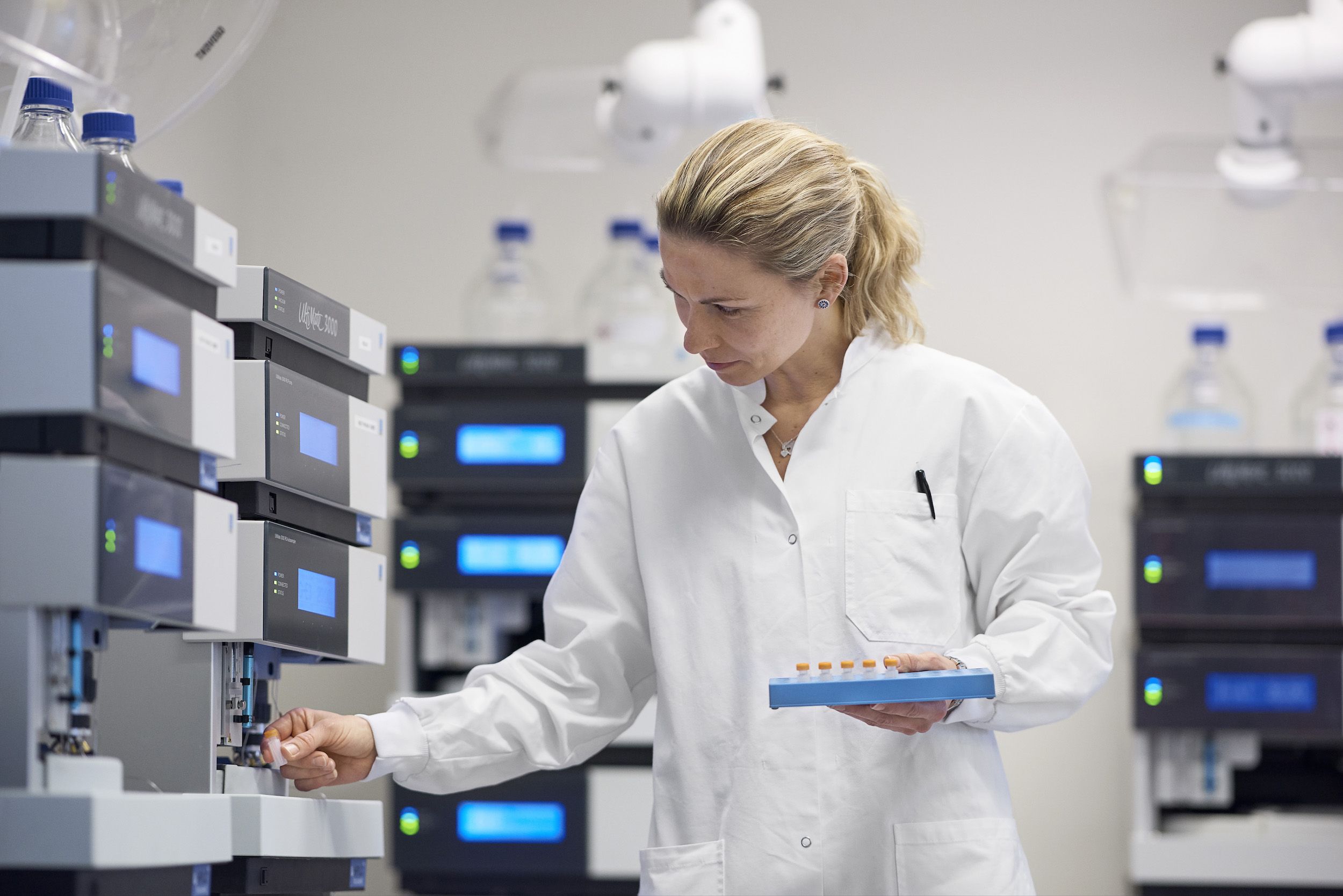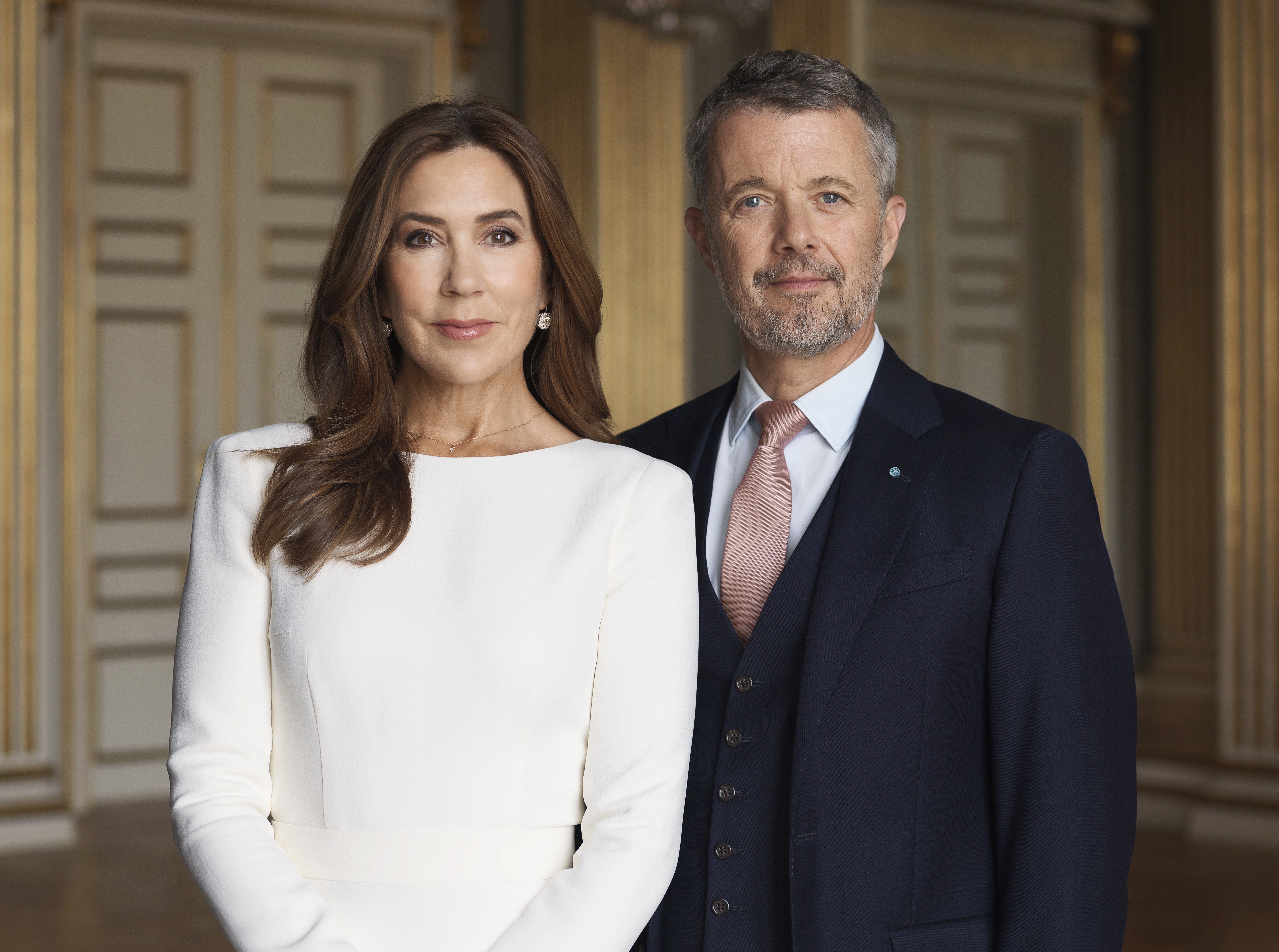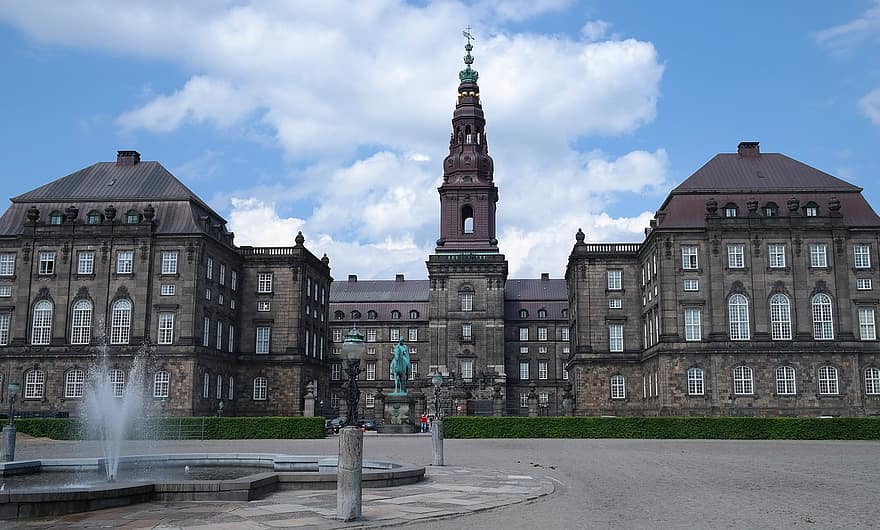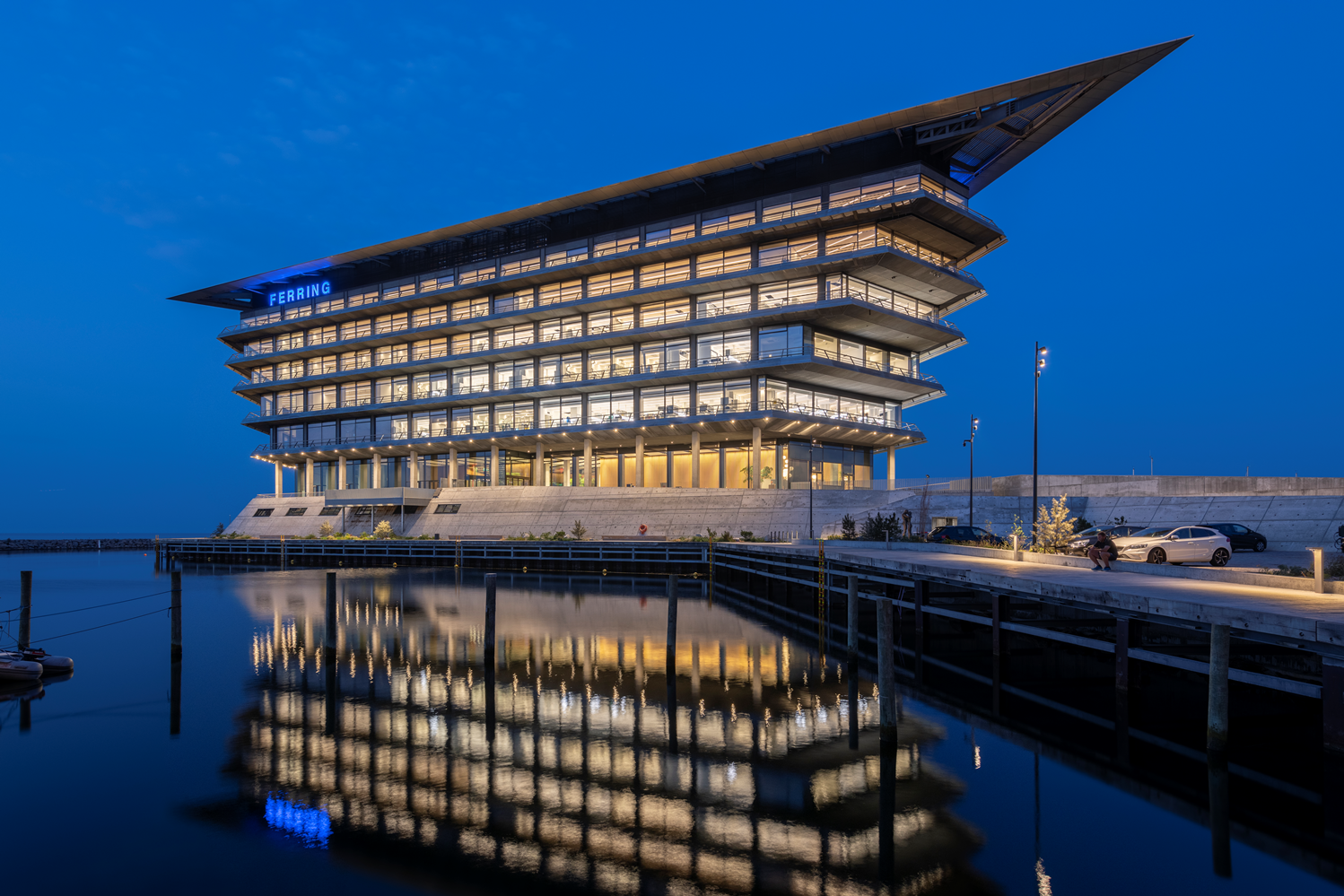Greenland's ruling Siumut party narrowly won the unscheduled elections that were called two months ago when its leader, the former premier Aleqa Hammond, was forced to resign amid allegations that she misused public funds.
The results on Saturday confirmed that the incumbent party beat the left-leaning Inuit Ataqatigiit (IA) by 326 public votes, which means Kim Kielsen will continue as premier – a post he has filled since Hammond's departure.
On an island where low-commodity prices have left ballyhooed mining projects languishing, analysts had predicted that the party with the strongest economic message would emerge victorious.
As close as it gets
Siumut promised to lower corporate taxes and revitalise the country’s sagging economy and captured 34.3 percent of the vote, while IA, led by Sara Olsvig, won 33.2 percent.
Both parties won the same amount of seats in Greenland’s self-rule parliament – 11 each out of a total of 31.
Although Olsvig said she would keep an “open mind” when it came to negotiating with Siumut, Kielsen will need to negotiate with some of the smaller parties to form a coalition government.
READ MORE: Greenland’s premier caught up in financial scandal
Naleraq – a new party led by former premier Hans Enoksen, which split from Siumut in January – took 11 percent of the vote.
Stability the key
Continuing with a Siumut-led government will be seen as bringing at least some sense of stability to foreign investors looking to reap the benefits of Greenland’s vast natural resources.
Last year, the government lifted a ban on uranium mining, opening the door to rare earth projects that often generate uranium as a byproduct.
IA opposed the lifting of the ban and Olsvig pledged to bring a halt to uranium mining.
A solid turnout
Despite promises of a prosperous future, Greeland’s population of 56,000 are still facing poverty and a 10 percent unemployment rate.
Siumut promised to diversify the economy to boost fishing and tourism in an attempt to make the country less dependent on volatile commodities markets.
Some 29,500 of the 40,000 eligible voters in Greenland voted – a turnout of above 70 percent.



